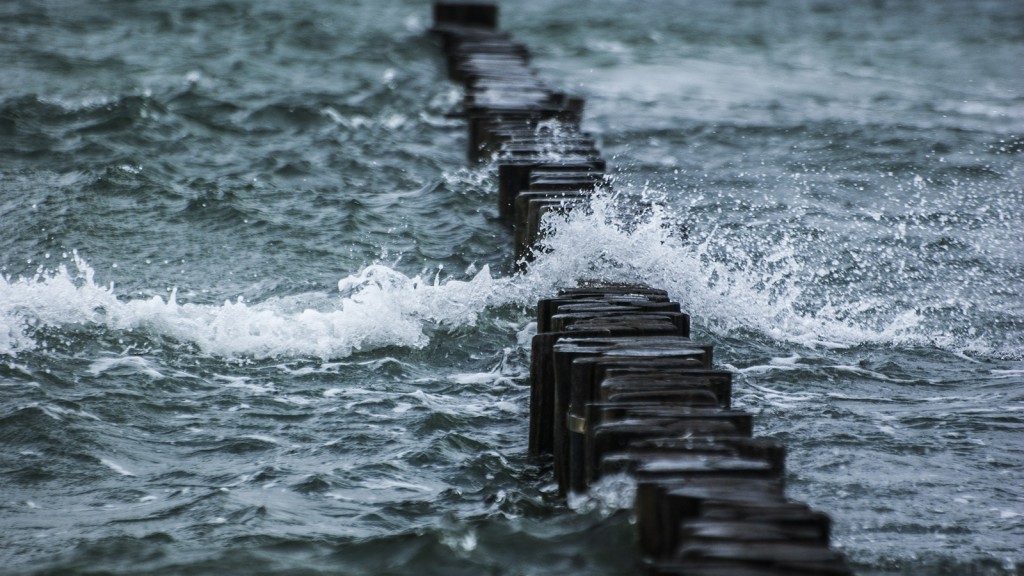When photographing outdoors, you generally take things as they are, since you have very little control over the elements. You cannot control the weather, the terrain is a given and you certainly can’t control the skies or the clouds.
But when photographing the sea there is one thing you can control – the waves or, at least, their appearance. This is a fundamental difference between landscapes and seascapes. In landscapes you have generally static ground and foreground elements, while in seascapes you are dealing with a fluid substance that is in constant motion. From composition to some basic technical knowledge, here are some tips and tricks from professional photographers on how to capture the sea.
Controlling the shutter speed
Controlling the appearance of the waves in order to add just the right mood and interesting effects to your photo is all about controlling your shutter speed. In general, the slower the shutter speed, the more calm and serene the water will appear, while a very fast shutter speed implies power and action.
You can create flat seas images with extremely long shutter speeds (at least 10 seconds). Under calm conditions this adds a sense of serenity to the seascape. To accomplish this effect, use the 10-stop neutral density filter.
Another great way to capture the sea is with a long shutter speed of at least a few seconds, to give the viewer an idea of the rhythm, or currents, of the ocean. To capture this look, the shutter speed will ordinarily be between two seconds and eight seconds.
Moderate shutter speeds (1/8 – 1/2 second) convey both a sense of motion and a sense of power, clearly capturing the waves. Fast shutter speeds (1/500 and up) work best in days when the ocean is very active, allowing you to capture a wave at it crashes into a rock.
Choosing a focal point
It’s easy to go at the beach and point the camera at the sea but that will get you a bland picture, identical to countless others. This is why choosing a focal point is so important: it gives a sense of scale and adds character to the picture.
Find a subject, like a surfer, a boat, a lighthouse, or patterns in the sand and frame it against the waves. If you look around at the beach, you’ll find many other subjects that will add interest to your photos, like birds, incoming tides and reflections in the water. There may be other elements such as driftwood, rocks or seashells that will really make your photos stand out.
It all comes down to experience more than imagination, so practice is key. You will need to take a lot of photos to get to interesting shots and know which angles to use. As you get more experience, you will see how your eye for the subjects evolves and you will find your style.
Timing your photo session
Sunrises and sunsets present the best opportunities for taking some spectacular pictures. With the sun shining on an angle, it often creates interesting reflections and effects of shadows and colors, especially in the evening when the light becomes warm and golden.
Another good time to take some interesting pictures is on days when other people avoid it due to bad weather. A clearing storm adds dramatic clouds. Fog adds mood. Rain creates droplets on rocks and dissipating rings in pools. If you are shooting night photography, you can take a series of star images that you can use to create star trails in post-processing.
Using the flash
If you’re photographing people at the beach as a portrait and the background is really bright, they will almost always have shadows on their face often cast by hats, glasses, noses etc. Switch on your flash when shooting in these situations and you’ll find the shadows eliminated and your subject well exposed.
Some cameras allow you to control how strong the flash is and you could experiment with this feature for optimal results as firing a full-strength can leave your subjects looking washed out and artificial. If you can’t decrease the flash strength, try moving back a little from your subject and using the zoom to get a tighter framing. This will lower the flash’s impact.
Whether you’re a complete beginner or a seasoned pro, check out the best photography books.
Now let’s move to the 2nd part of the Best Photography Tips and Tricks for Capturing the Sea.

